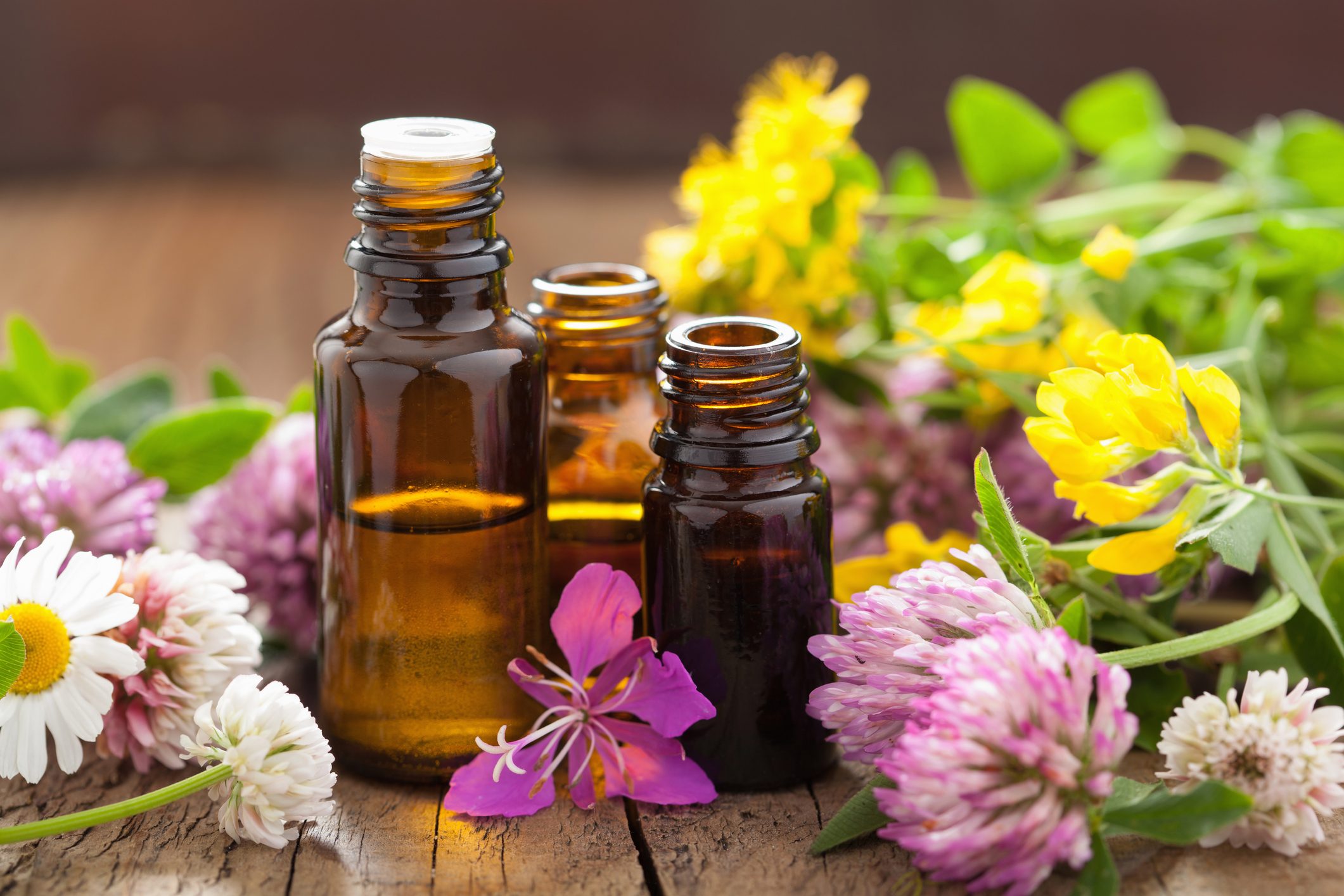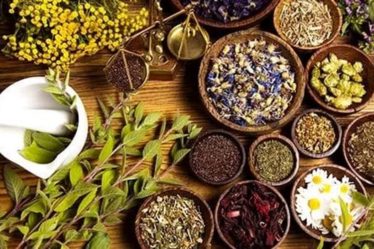
The term essential oils is used to define mixtures of organic oily substances, which are extracted from so-called aromatic plants through distillation processes or mechanical processes such as cold pressing.
We find essential oils, or essences, in different parts of plants: branches, trunk, roots, leaves, flowers, or, sometimes, the plant in its entirety.
Aromatic plants are usually harvested in their balsamic period, the period of the year in which the essence reaches its highest concentration.
But why do plants produce essential oils? Essential oils are produced in order to attract pollinating insects; some have an allelopathic function; some other possess antibiotic activities; sometimes they are produced as a defense or in response to injuries suffered by the plant. Finally, an essential oil is just waste product of plant metabolism.
If you want to grow a plant to extract its essential oil, you also must take into account that the oil composition changes according to the soil and the cultivation methods used.
Essential oils are mainly used in aromatherapy. They can be used pure or even mixed with each other to obtain a synergic effect: dissolved in hot water of baths, foot baths, or even mixed with massage oils, they release their aromatic notes into the air stimulating through the sense of smell a response in our organism.
Some essential oils can also be used orally to treat different conditions, generating a systemic response.
Whatever use we decide to make of the different essential oils at our disposal, it should always be taken into account that these are substances that can be potentially harmful to our body, which can also cause serious adverse responses in sensitive or allergicsubjects. They should therefore be used with caution and on the advice of experts.




[…] of essential oils we often refer to the so-called “balsamic time” of plants, a precise period, during […]